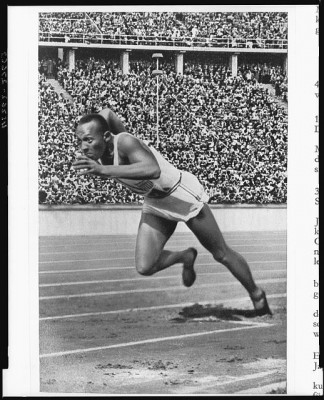The Boys in the Boat
Ray and I recently listened to an amazing book about an American team who won gold at the 1936 Olympics in Berlin. I highly recommend The Boys in the Boat: Nine Americans and Their Epic Quest for Gold at the 1936 Berlin Olympics by Daniel James Brown, as a read-aloud for your older children. The Boys in the Boat is the true story of nine working class boys from the Pacific Northwest whose University of Washington team won out over teams from Ivy League schools in order to compete in rowing at the 1936 Games.
All I knew about rowing before reading this book is that it involved a boat, oars, oarsmen, and exclusive schools in England and America’s Ivy League.

My knowledge of the 1936 Olympics was also slim. I knew that Hitler and his Nazis wanted their Olympics to showcase German superiority to the world. I knew that African American Jesse Owens’ stunning performance at the Games shook up the Nazi belief that members of the “Aryan race” were the supreme humans on the planet. Otherwise, I was pretty clueless.

I confess to being not very excited about a sports book; but The Boys in the Boat came highly-recommended from people I respect, so I gave it a try. I am so very grateful that I did. While I would be hesitant to read this book to younger children because of the brief mentions of Nazi atrocities, I heartily recommend it for older children because of the life lessons it teaches.
Though the author tells the stories of all nine rowers in the boat, he concentrates mainly on Joe Rantz. Like the others, Joe is poor in financial terms, but Joe’s poverty goes much deeper than money. His childhood was one scene of loss and abandonment after another. He learned to be good at succeeding individually, but he had to learn to trust before he could succeed as a rower.
Daniel James Brown takes his readers back and forth across the Atlantic Ocean. We are with four-year-old Joe in the Northwest when his mother dies and with him on his train ride across the country when his father sends him to live with a relative back east. Then we go to Germany to witness Adolph Hitler rising to power in Germany. Later, we are back in the Northwest, training with the future Olympic team. Then, we go back to Germany to watch Nazis construct arenas for the Olympic Games. I loved how the author helped us know what was happening in both countries at the same time period, and sometimes on the very same day.
The Boys in the Boat can take your children into the upstairs workshop atop the University of Washington crew house. There English-born George Yeoman Pocock builds rowing boats (called shells) by hand, a skill he learned from his own father. Rowing crews on both coasts used his boats. It was gentle, intelligent, kind, skillful, patient George Pocock who taught Joe to trust.
After winning the gold medal in Berlin, the boys in the boat remained a team in spirit for the rest of their lives. They had many reunions. At every ten-year reunion, they got into a boat and rowed together. This they continued until their fiftieth reunion.
A powerful lesson in The Boys in the Boat is the importance of working together. Every rower in the boat must do his job in sync with every other rower. His every stroke must be in harmony with the strokes of his teammates. This is a lesson for families, for churches, for nations, and for the world.
Therefore if there is any encouragement in Christ,
if there is any consolation of love,
if there is any fellowship of the Spirit,
if any affection and compassion,
make my joy complete by being of the same mind,
maintaining the same love,
united in spirit, intent on one purpose.
Philippians 2:1-2


I am writing to ask why I might be unable to receive Charlene’s Daily Encouragement blog any longer. For a couple of years I looked forward to every new update. Then about a year ago the blog vanished. I have resubscribed to it numerous time but it never arrives. Please help.
Oh, Sylvia. I am so sorry. The person who helps me with this kind of problem is out of the office today, but I have emailed him and will try to help you. This has come up a handful of times over the years. Again, I am very sorry.